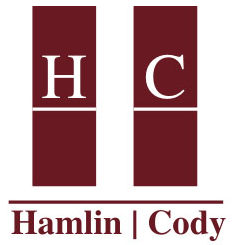
OOH Through the Ages
Out-of-home (OOH) advertising dates back to the earliest civilizations. By World War II, roadside signs had become ubiquitous, and advertisers sought out more creative ways to grab drivers’ attention. In speaking with jurors in eminent domain cases, we learned that roughly 25% of people like billboards. About 50% think they are useful as long as they are placed appropriately. And about 25% dislike them. Studies by respected university professors confirm our juror samples.
The Highway Beautification Act and Local Regulation
A high percentage of people who dislike billboards work for state and local government agencies. This statistic is probably due to the Highway Beautification Act (“HBA”). Adopted in 1965, the HBA was a pet project of President Lyndon B. Johnson’s wife, Lady Bird Johnson. The act requires individual states to restrict billboard advertising or risk losing federal funds for highways.
As a result, local governments have taken action and created laws regulating billboard placement along highways and roadsides. For example, many states have implemented rules that prevent companies from placing signage within a certain distance of schools or churches, or that restrict the size or number of billboards that can be erected in a particular area. In addition, some communities now require businesses to get approval before they can put up roadside ads to ensure that they are not disrupting scenic views or detracting from overall aesthetic value.
The Rise of Digital Billboards
Digital billboards are now commonplace along highways and roadsides in many parts of the country. These digital signs permit up to the minute communication with the public, from sports scores to public communications and emergency instructions. Despite concerns raised by opponents, there are no more accidents near billboards, digital or otherwise, than there are on roads that lack advertising.
Some states have responded to concerns by implementing regulations for digital signage; for instance, some require that all digital ads be turned off during nighttime hours to reduce potential hazards for drivers. At the same time, there are creative solutions for outdoor advertising that don’t involve traditional billboards or banners. Murals or public art displays can serve as memorable advertisements without being overly disruptive to drivers or detracting from scenic views. Artistic displays can provide an opportunity for businesses to reach their target audiences without raising concerns among local residents.
Cities Embracing Out-Of-Home Advertising
While cities regulate out-of-home advertising, they often embrace it, too. You will see banners on city light poles advertising museum displays and government-sponsored events. Cities often allow construction of new billboards if they get a percentage of the revenue and the right to post their own copy and announcements.
Experts in Out-of-Home Advertising: Hamlin | Cody Attorneys
When it comes down to it, understanding the legal landscape surrounding outdoor advertising is essential if you want to ensure that you’re following all applicable laws while still reaching your target market effectively. From considerations related to trees and roadsides – such as local regulations surrounding billboard placement – to technological developments like digital signage, our attorneys at Hamlin | Cody are the go-to experts on OOH! If you want to talk to us, just hit reply to schedule a Get Acquainted Call.
